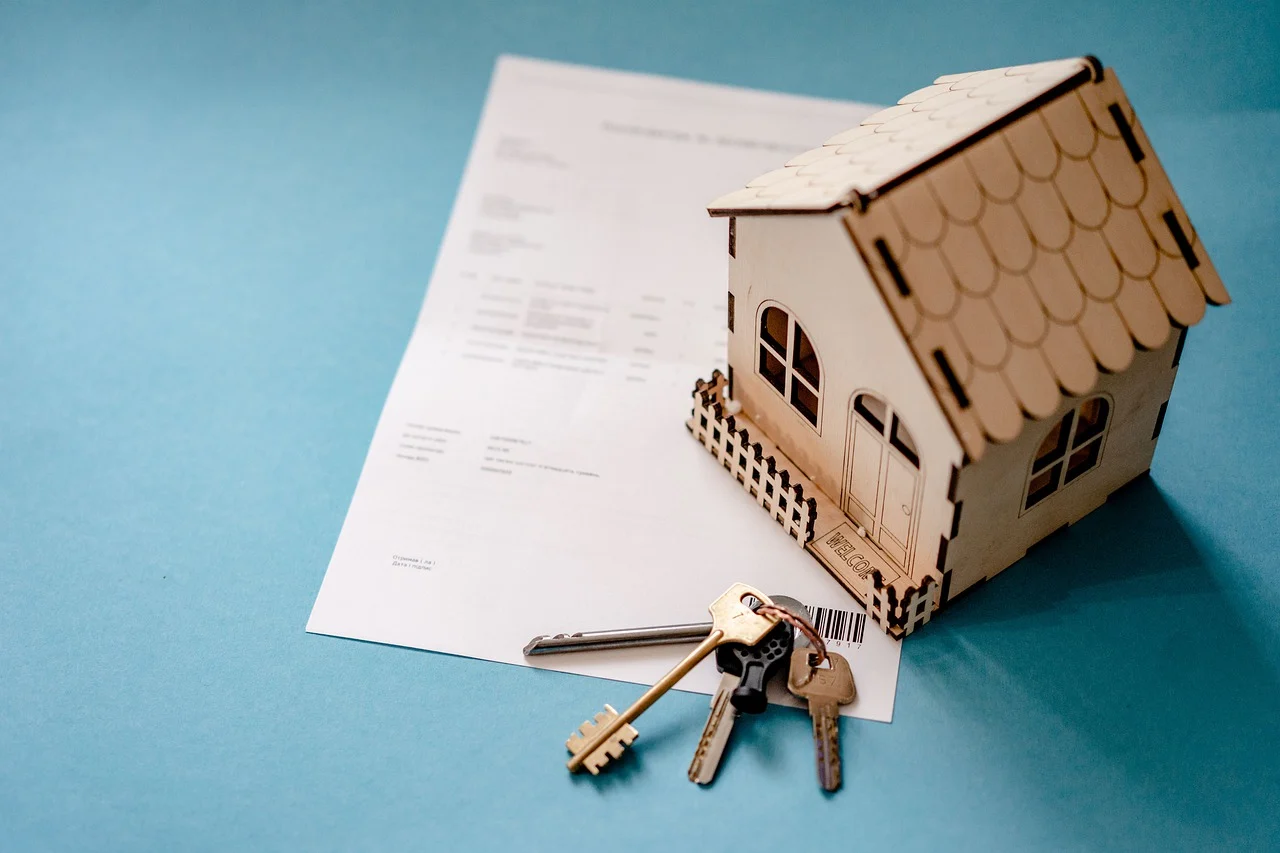 View Winners →
View Winners → 
The COVID-19 pandemic continues to drive strong homebuying interest and intensify market competition while changing consumers’ housing preferences and fueling sellers’ home equity, according to the non-profit organization CALIFORNIA ASSOCIATION OF REALTORS (C.A.R.), who released their 2021 Annual Housing Market Survey earlier this month.
One of the biggest reasons for this is the shift to remote work. Since the coronavirus outbreak, the survey noticed a change in buyers’ preferences in the property type they want to purchase due to their work situations. Of those changes, 22% of realtors who responded said their buyers wanted a bigger home, and the same percentage said buyers were less concerned about the commute time to work.
With remote working becoming the norm, buyers’ reasons for purchasing in 2021, however, were unchanged since COVID-19, with the top three reasons remaining the same as last year’s survey by the same company: those being they were tired of paying rent, they desired a larger home and they wanted to live in a better location.
A small number of respondents in 2021 cited “ability to work from home” as their clients’ primary reason to buy. The share was relatively small and was consistent with last year’s number. While the “ability to work from home” may never be considered a primary reason to buy for most buyers, it provides the flexibility for many to move to more affordable locations, which could lower the cost of buying.
With the statewide median price expected to increase by double-digits from last year, home equity continued to grow in 2021. Home sellers typically pocketed a net cash gain of $322,500 from the sale of their homes — a 96% increase from the purchase price.
Less than one percent (0.7%) of all sellers had a net loss from their home sale in 2021, which is well below the long-run average of 9.9% going back to 1994. Home sellers who lived in their house for less than five years earned a 33% profit from their sale, while those who lived in their house for five or more years earned a 135% profit.
The share of non-white homebuyers continued to grow this year as well, reaching more than 50% of all home sales for the first time since 1995 when C.A.R. began recording the statistic in the survey. In 2021, more than two out of five homes sold were purchased by white buyers (45%), followed by Asian (19%), Latino (18%), and Black (4%) buyers.
Despite the overall improvement, there is still a lot to be done to close the racial homeownership gap as the share of Latinos and Blacks continues to trail behind that of the general population.
Demand for vacation homes or second homes remained elevated in 2021, as work-from-home policies solidified, and more workers who have this flexibility choose to live in resort communities, such as Big Bear, Lake Arrowhead and South Lake Tahoe, which all saw sales increase at least in the double digits. The share of vacation/second home sales climbed to the highest level in nine years as more buyers searched for more space and a healthier lifestyle.
Nevertheless, with housing demand remaining strong and inventory reaching record-low levels, market competition intensified to levels not seen before in California.
The share of sales with multiple offers and the average number of offers received climbed for the second year in a row in 2021, with both reaching their highest levels since 2013. The share of properties sold at the above-asking price skyrocketed this year from 36% in 2020 to 61% in 2021. This year’s level was the highest recorded in at least the last 30 years and was 41% higher than the long-run average of 20%.
Properties have been flying off the market at record speed also, with a listing typically staying on the market for only eight days, the shortest time-on-market since the survey started tracking the statistic in 1986.
Further illustrating the high level of competitiveness this year, more than half of homebuyers waived contingencies in the buying process to gain a competitive edge. Six out of 10 offers accepted by the seller were non-contingent offers, with half of the buyers waiving the appraisal contingency (50%). A third waived the property inspection (30%) and over a quarter waived the contingency of securing financing.








































































































